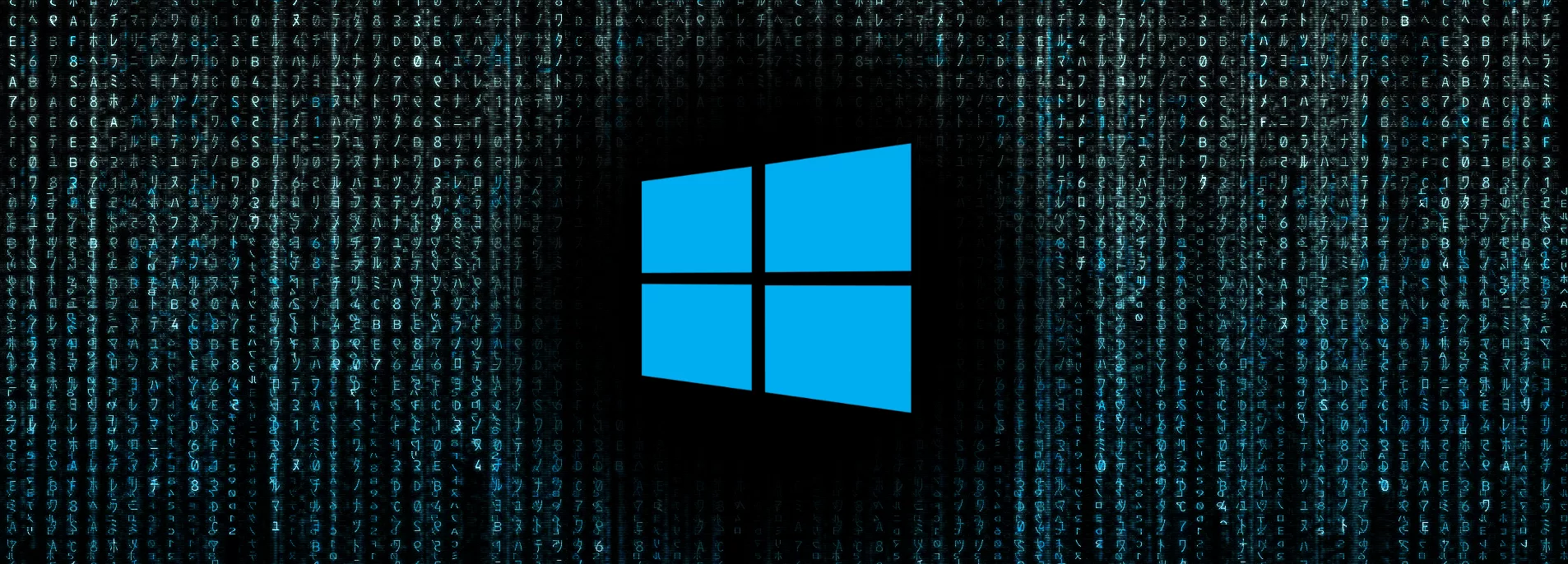The Basics
mdadm (multiple devices admin) is software solution to manage RAID.
It allow:
- create, manage, monitor your disks in an RAID array.
- you can the full disks (
/dev/sdb, /dev/sdc) or (/dev/sdb1, /dev/sdc1) - replace or complete
raidtools
Checks
- Basic checks
# View real-time information about your md devices
cat /proc/mdstat
# Monitor for failed disks (indicated by "(F)" next to the disk)
watch cat /proc/mdstat
- Checks RAID
# Display details about the RAID array (replace /dev/md0 with your array)
mdadm --detail /dev/md0
# Examine RAID disks for information (not volume) similar to --detail
mdadm --examine /dev/sd*
Settings
The conf file /etc/mdadm.conf does not exist by default and need to be created once you finish your install.
This file is required for the autobuild at boot.
# mdadm --detail -scan
ARRAY /dev/md0 level=linear num-devices=2 metadata=1.2 name=localhost.localdomain:0 UUID=a50ac9f2:62646d92:725255bd:7f9d30e3 devices=/dev/sdb,/dev/sdc
# As seen in the output above, I have a linear array md0 with 2 devices /dev/sdb and /dev/sdc.
mdadm --verbose --detail -scan > /etc/mdadm.conf
mdadm --examine -scan > /etc/mdadm.conf
Corrective Actions
- Put back the config
mdadm -D --scan
mdadm -D /dev/md3 --scan
mdadm -D /dev/md3 --scan >> /etc/mdadm.conf
- Remove and Add a disk without downtime (almost)
mdadm -D /dev/md124
mdadm --manage --remove /dev/md124 /dev/san/BETZ9C50D4C
mdadm --manage --add /dev/md124 /dev/san/BETZ9C50D4C
# one command-line
mdadm /dev/md5 --remove /dev/dm-64 --add /dev/dm-64
ls -l /dev/dm-64
mdadm /dev/md5 --add /dev/dm-64
mdadm --detail /dev/md5
mdadm --assemble --force /dev/md/pvdata_2 /dev/sd[n-y]
Create and manage RAID array
- Linear Mode
# Longue Version
mdadm --create --verbose /dev/md0 --level=linear --raid-devices=2 /dev/sdb /dev/sdc
# Short version
mdadm --Cv /dev/md0 --l linear -n2 /dev/sdb /dev/sdc
- RAID 0
mdadm --create --verbose /dev/md0 --level=0 --raid-devices=2 /dev/sdb /dev/sdc
- RAID 1
mdadm --create --verbose /dev/md0 --level=1 --raid-devices=2 /dev/sdb /dev/sdc --spare-devices=/dev/sdd
- RAID 5
# with 3 devices and a spare
mdadm --create --verbose /dev/md0 --level=5 --raid-devices=3 /dev/sdb /dev/sdc /dev/sdd --spare-devices=/dev/sde
# with 6 devices
mdadm --create --verbose /dev/md/pvdata_1 --level=5 --raid-devices=6 --assume-clean /dev/sd[c-h]
- Attach your fs to an Array
mkfs.ext4 /dev/md0
mkdir /data01
mount /dev/md0 /data01
# Add it to /etc/fstab
- Delete a Array
mdadm --stop /dev/md0
mdadm --remove /dev/md0
- Relaunch a Array
mdadm --stop /dev/md0
mdadm --assemble /dev/md0
The
assemblecommand relies on the/etc/mdadm.conffile for array configuration. Ensure you’ve saved your configuration inmdadm.confbefore stopping the array to prevent issues during reassembly.
- Add disk to an Array
mdadm --add /dev/md0 /dev/sdd
- Remove a disks from an Array - first fail a device (-f) from an array and then remove (-r) it.
mdadm --manage /dev/md0 -f /dev/sdd
mdadm --manage /dev/md0 -r /dev/sdd
- Change a disk on a RAID mirroring:
# First data need to be writen
sync; sync; sync
# Put in fail
mdadm --manage /dev/md0 --fail /dev/sdb1
# Remove disk
mdadm --manage /dev/md0 --remove /dev/sdb1
# Copy partition table
sfdisk -d /dev/sda | sfdisk /dev/sdb
# Recreate mirror
mdadm --manage /dev/md0 --add /dev/sdb1
# Test and check the rebuild
/sbin/mdadm --detail /dev/md0
cat /proc/mdstat


Comments